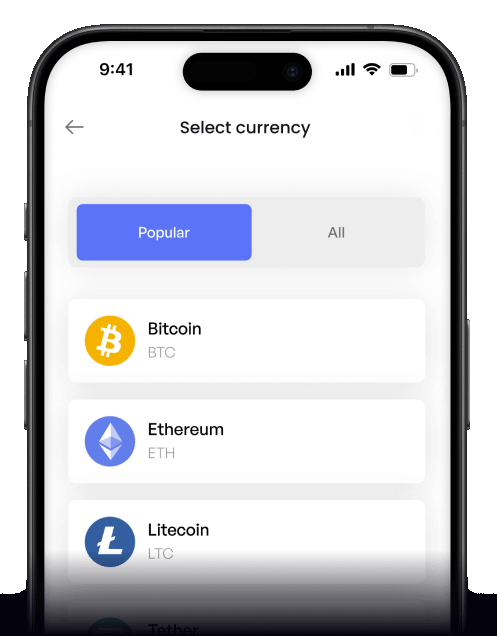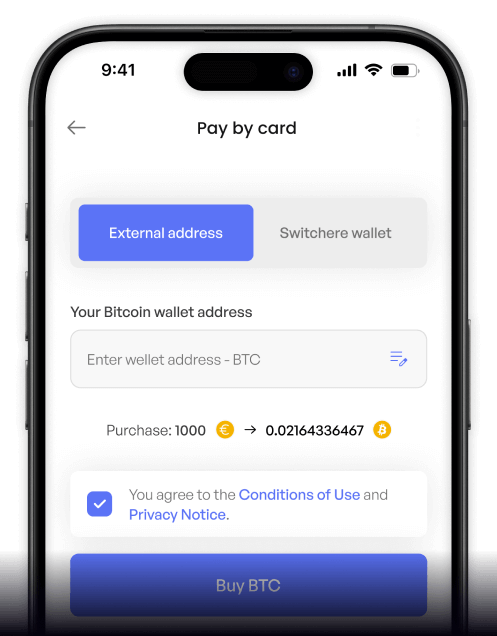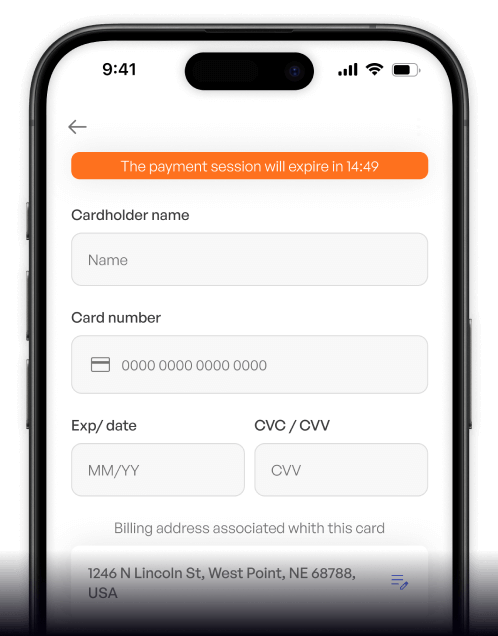- Casa
- Convertitore
- Algerian dinar (DZD) per Avalanche (AVAX)
Convertire
Algerian dinar (DZD) in Avalanche (AVAX) istantaneamente
Acquistate facilmente Avalanche (AVAX) con Algerian dinar (DZD) su Switchere e beneficiate di transazioni rapide e sicure.
Circa
Avalanche (AVAX)
Avalanche (AVAX) è una piattaforma tecnologica blockchain altamente scalabile progettata per ospitare applicazioni decentralizzate (dApp) e facilitare la creazione di reti blockchain personalizzate. Il suo scopo principale è quello di risolvere il trilemma della blockchain offrendo un elevato throughput, una bassa latenza e una robusta decentralizzazione. Avalanche raggiunge questo obiettivo grazie al suo nuovo meccanismo di consenso, una famiglia di protocolli (Snowman, ecc.) costruiti su una base di proof-of-stake (PoS), che consente la finalizzazione delle transazioni in meno di un secondo. Ciò la rende un'infrastruttura di asset digitali interessante per le applicazioni DeFi più esigenti e per le soluzioni di livello aziendale che richiedono sicurezza crittografica.
Una caratteristica distintiva fondamentale è l'architettura a sottoreti di Avalanche, che consente agli sviluppatori di lanciare blockchain su misura, specifiche per le applicazioni, che possono avere le proprie regole, macchine virtuali (compresa la compatibilità EVM sulla C-Chain) e tokenomics. Queste sottoreti possono operare in modo indipendente o condividere la sicurezza con la rete principale. Il token di utilità nativo, AVAX, svolge un ruolo cruciale all'interno di questa rete decentralizzata. È usato per pagare le commissioni delle transazioni, per proteggere la rete attraverso il picchettamento da parte dei validatori e come unità di conto fondamentale tra le varie sottoreti. Avalanche è riconosciuta come una piattaforma di smart contract di primo livello, che guida l'innovazione nell'infrastruttura Web3 e promuove un ecosistema on-chain diversificato.
Come acquistare gli Avalanche (AVAX)
Monete popolari per Algerian dinar (DZD)
Altre monete per Algerian dinar (DZD)
Domande frequenti
-
Quali sono i metodi più comuni per acquistare Avalanche (AVAX) con il Dinaro algerino (DZD)?
A causa delle normative locali, gli acquisti diretti da DZD ad AVAX su exchange centralizzati sono rari. Il metodo più comune è utilizzare un marketplace peer-to-peer (P2P). Su queste piattaforme, è possibile scambiare direttamente DZD per AVAX con un'altra persona, spesso utilizzando trasferimenti bancari locali. Assicurati che la piattaforma P2P disponga di un servizio di deposito a garanzia (escrow) per un trading sicuro e di fornire un indirizzo Avalanche C-Chain corretto dal tuo portafoglio digitale per ricevere l'asset. -
Quali caratteristiche tecniche rendono Avalanche (AVAX) una scelta interessante come asset digitale?
Avalanche si distingue per il suo protocollo di consenso unico, che consente una finalizzazione delle transazioni quasi istantanea. La sua architettura principale è composta da tre blockchain integrate: la X-Chain, la P-Chain e la C-Chain. La C-Chain è compatibile con EVM, consentendo un facile dispiegamento di dApp da Ethereum. Fondamentalmente, la sua architettura di subnet permette la creazione di blockchain personalizzate e specifiche per le applicazioni, offrendo un'enorme scalabilità e flessibilità per sviluppatori e aziende. -
Esistono coppie di trading dirette DZD/AVAX sui principali exchange di criptovalute?
No, le coppie di trading dirette DZD/AVAX con una profonda liquidità non sono generalmente disponibili sui principali exchange centralizzati. Il percorso tipico prevede un processo in due fasi: primo, utilizzare un servizio P2P per convertire il Dinaro algerino (DZD) in una criptovaluta ad alta liquidità come USDT o BTC. Secondo, trasferire tale asset a un exchange che elenca AVAX e scambiarlo sul book degli ordini USDT/AVAX o BTC/AVAX. Questo metodo fornisce accesso a una migliore liquidità e scoperta del prezzo. -
Quali commissioni sono previste per la conversione da DZD ad AVAX?
Quando si utilizzano piattaforme P2P, la 'commissione' principale è spesso lo spread sul tasso di cambio impostato dal venditore, non una commissione diretta della piattaforma. Dopo aver acquisito AVAX, si incontreranno le commissioni di rete di Avalanche (gas) per qualsiasi transazione on-chain, come spostare i propri AVAX da un exchange a un portafoglio digitale privato. Queste commissioni gas sono pagate in AVAX e sono tipicamente basse grazie all'efficienza della rete, ma possono fluttuare in base alla congestione della C-Chain. -
Quali sono le migliori pratiche di sicurezza quando si scambia DZD per AVAX tramite P2P?
Utilizza sempre un marketplace P2P che fornisca un servizio di escrow. Questo trattiene gli AVAX del venditore fino a quando il tuo pagamento in DZD non viene confermato, prevenendo le frodi. Verifica la reputazione e lo storico delle transazioni del venditore. Comunica solo all'interno della chat ufficiale della piattaforma. Soprattutto, una volta completata la transazione, preleva immediatamente i tuoi AVAX su un portafoglio digitale non-custodial dove controlli le chiavi private. Non conservare mai un valore significativo di asset digitali su un exchange o una piattaforma P2P a lungo termine.






